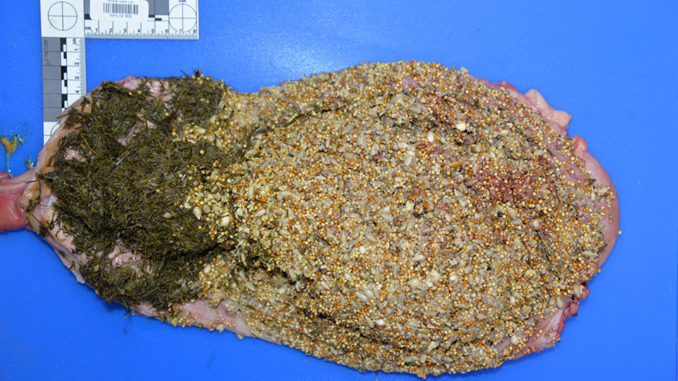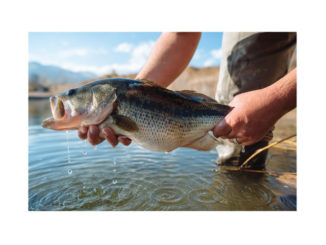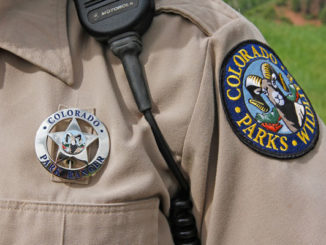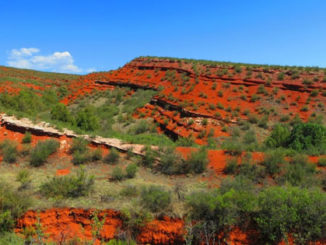
Bear attack
Colorado Parks and Wildlife is confirming the bear killed last Friday by wildlife officers is the same bear that attacked a woman as she hiked on the Hunter Creek Trail near Aspen on Memorial Day. According to the Wyoming Game & Fish Wildlife Forensics & Fish Health Laboratory, the bear’s DNA matched the sample recovered from the wounds of the victim.
In addition, preliminary results from a necropsy performed on the bear at CPW’s Wildlife Health Laboratory in Fort Collins revealed the stomach contents of the 3 to 4-year-old, 224 lb male bear consisted almost entirely of birdseed. (Photo below.) The bear also tested negative for rabies.
According to the wildlife officers that responded to the scene of the attack, they meticulously investigated all aspects of the case to properly identify the offending animal before confirmation by the DNA test. They add it is very likely the bear’s aggressive behavior was due to having lost its natural fear of people as it fed on backyard bird feeders.
“The frustrating thing about this course of events is that it was entirely preventable,” said CPW Officer Matt Yamashita, acting area wildlife manager. “CPW officers and other local law enforcement constantly remind the public to secure trash cans and dumpsters, take down bird feeders and lock their first-floor windows. Yet calls come in daily reporting aggressive bears demonstrating no fear of humans, getting into dumpsters and residing in people’s yards. Almost nightly bears are reported in houses or vehicles. This should not be considered normal or tolerable. It’s time for the public to self-assess and realize that until they take this seriously, people will remain in danger and bears will continue to be put down.”
Several times each year through public outreach efforts, CPW cautions the public to remove all food attractants from around their homes to prevent attracting and conditioning bears that become reliant on human-provided food sources. The agency says bears conditioned and rewarded by human food sources lose their instinctual fear of people and can become very dangerous to the public.
“We urge our local communities to take this seriously if they want to prevent the needless death of a bear,” stressed Yamashita. “This bear died because it appears some people could not be bothered to follow a few simple, common sense suggestions. We strongly urge everyone to get the information and knowledge and follow the recommendations year round. We need the public’s help in keeping our bears wild.”
For information about living with bears, visit cpw.state.co.us/bears.
Support Northern Colorado Journalism
Show your support for North Forty News by helping us produce more content. It's a kind and simple gesture that will help us continue to bring more content to you.
BONUS - Donors get a link in their receipt to sign up for our once-per-week instant text messaging alert. Get your e-copy of North Forty News the moment it is released!
Click to Donate



